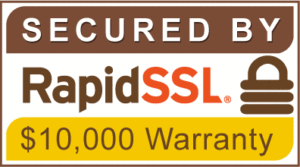Creating great content for use on a website does not have to be that difficult. Just follow the steps below to begin great website content for users and search engine algorithms.
When it comes to content there are three basic types:
Keyword Centric Content Strategies
 Keyword centric content involves writing content for a focused individual keyword/keyword phrase or set of focused keywords/keyword phrases.
Keyword centric content involves writing content for a focused individual keyword/keyword phrase or set of focused keywords/keyword phrases.
First and foremost, when creating keyword centric content keep the content informational.
As the leading white label search engine optimization provider to agencies across the globe we can deliver outstanding SEO results for your clients. Can we help you? Check out more about our White Label SEO Services to learn how we help you achieve the outcomes you are looking for.
Do not keyword stuff your content.
Keyword focused content is meant for the search engine algorithms and achieving positive ranking results for specific search query terms.
With this type of content, you should use your primary focus keyword in your page title and with the most prominence in the page title.
Keep your page title to fifty characters to avoid truncation unless you have a vetted snippet builder tool.
Use your primary focus keyword in your meta description and, as with your page title, the focus keyword should have prominence in your meta description.
Keep your page title to one hundred and ten characters to avoid truncation unless you have a vetted snippet builder tool that keeps up to date with the shifting algorithm metrics.
You must use an h1 tag. Usually, the content title is the h1 tag. Use your primary focus keyword in your h1 tag. Use only one h1 tag per page. Search engines put enough emphasis on h1 tag usage in their ranking factors. Using more than one h1 tag on a page can cause for poor positioning in the search engine results pages.
Length of keyword centric content: 1,200 – 1,500 words
Use alt attribute and title text for non-linking images on the page that contain the page’s primary keyword.
Never duplicate your page title and h1 tag.
Never create your meta description from exact word for word copy found in your page content.
Informational Content Creation Strategies
 Informational content is just that: Great content created to provide information to users to the site. This content is not meant to rank for any specific term; however, it should rank for the information on the page. What do I mean? If you are writing for a product or service you want to create great content that a user would find interesting, but for the user to find it through an organic search you must use the keyword centric strategies for the product or service to get in front of eyeballs in organic search. You must rank for the product or service to be found organically.
Informational content is just that: Great content created to provide information to users to the site. This content is not meant to rank for any specific term; however, it should rank for the information on the page. What do I mean? If you are writing for a product or service you want to create great content that a user would find interesting, but for the user to find it through an organic search you must use the keyword centric strategies for the product or service to get in front of eyeballs in organic search. You must rank for the product or service to be found organically.
Let us say that we are creating content for ‘Google Reputation Counseling’ (https://www.repmanagement.com/ec-google-reputation-counseling).We would want to use the term ‘Google Reputation Counseling’ along with enough other words to get our page title character count to fifty plus without truncation. We would want to use the term ‘Google Reputation Counseling’ along with enough other words to get our meta description character count to one hundred and ten plus without truncation. We would want to use the term ‘Google Reputation Counseling’ in our h1 tag in the content that is unique and not matching our page title. Best practices dictate that we would want to use the phrase ‘Google Reputation Counseling’ in our first paragraph of content on the page and our last paragraph of content on the page. Best practices dictate that we would want to use the phrase ‘Google Reputation Counseling’ at least one other time in the content on the page. This content should also be between 1,200 – 1,500 words.
In some cases, we use expanding <div> tags (also known as Search Engine Optimization content containers) to keep the exposed amount of content to a user down. This is to encourage users to find other ways of interaction with the site, but allows the content to be seen by users if chosen. This content is still available for the crawl of a search engine bot and/or spider and can be used for algorithm indexing purposes.
Internal Link Building
 This content can be any type of text based content. It is used to internally link pages on important keywords. In other words, we want to link from this content to other pages on the site on important keywords.
This content can be any type of text based content. It is used to internally link pages on important keywords. In other words, we want to link from this content to other pages on the site on important keywords.
This is called anchor text linking. Using the example above for ‘Google Reputation Counseling’ we could create keyword centric content or informational content that contains the keyword phrase ‘Google Reputation Counseling’. We would then build an anchor text link on the keyword phrase ‘Google Reputation Counseling’ and link it to the ‘Google Reputation Counseling’ page, https://www.repmanagement.com/ec-google-reputation-counseling.
When this link is built, we, the search engine optimization team, would also add appropriate title text, a <b> (bold) tag and a <u> (underline) tag. We do not want our anchor text link to appear to be hidden. It needs to be fully visible to a visitor on the site.
Final Steps
Most importantly, you want the search engines to spider and index your new, optimized content. I feel that many search engine optimization specialists miss this all-important step. To do this, you need to use the URL inspection tool in your Google Search Console account for the online property that you are working on.Some may question this tactic, but I have seen new and/or recently optimized existing content get picked up by Google within a twenty-four hour period with positive results in the search engine results pages.You will need to learn how to use this tool effectively for it to bring positive results, which is why you would hire a search engine optimization agency like That Company!
About That Company
Founded in 2007, That Company is one of the largest agencies, by staff size, in the United States dedicated to specializing in digital marketing: search engine optimization campaign management, pay per click advertising campaign management, social media marketing advertising campaign management, online reputation management campaign management and organic campaign management, white label search engine optimization campaign management, white label pay per click campaign management and white label social media marketing campaign management.
About the Author: Mark B. Gray
Mark has been with That! Company since the day that we opened the doors in May 2007, starting as a commission only, subcontracted website salesman providing website development and hosting services to SMB’s (small to medium sized businesses). As the company neared its first 6 months in business a fourth employee was added, and Mark became the fifth full-time employee. Aside from the company’s CEO, Mark was the first employee to manage PPC campaigns. As the business’ Search Engine Optimization client base grew, Mark added Search Engine Optimization content curation and on page optimization implementation and testing to his resume. As the company neared its first year in existence, Mark became a Search Engine Optimization consultant with a full load of clients to manage. Mark’s strengths include: On page Search Engine Optimization implementation and testing, backlink disavowal discovery and data evaluation, Google Search Console use and data evaluation, Google Analytics use and data evaluation, client communication, reliability, accountability and Search Engine Optimization content curation on an ‘as needed’ basis.







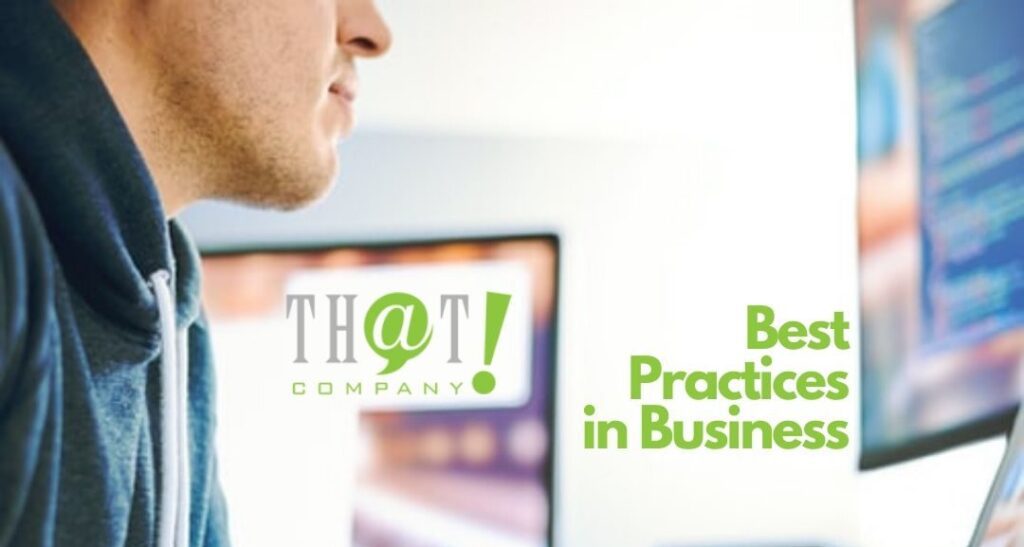


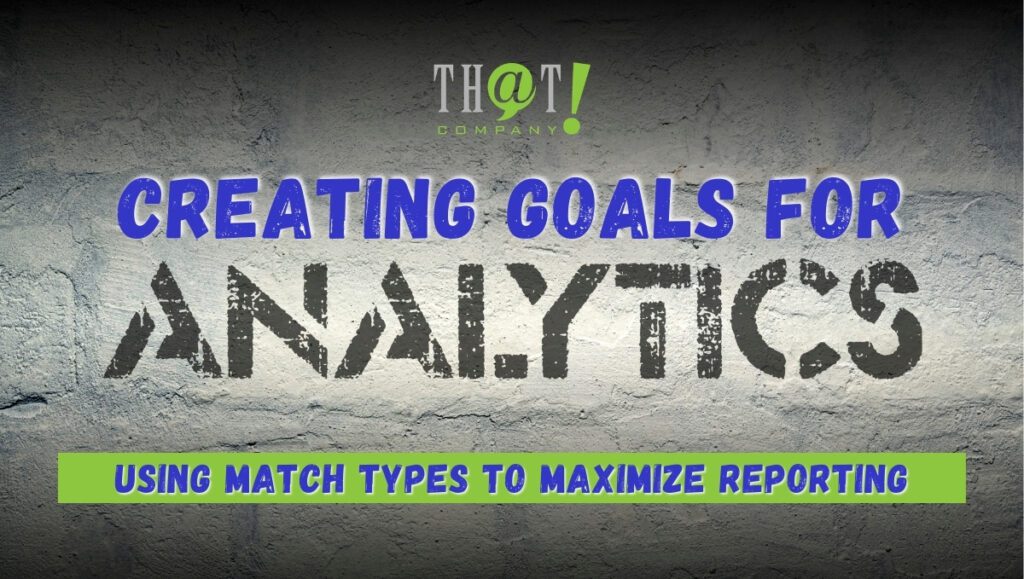

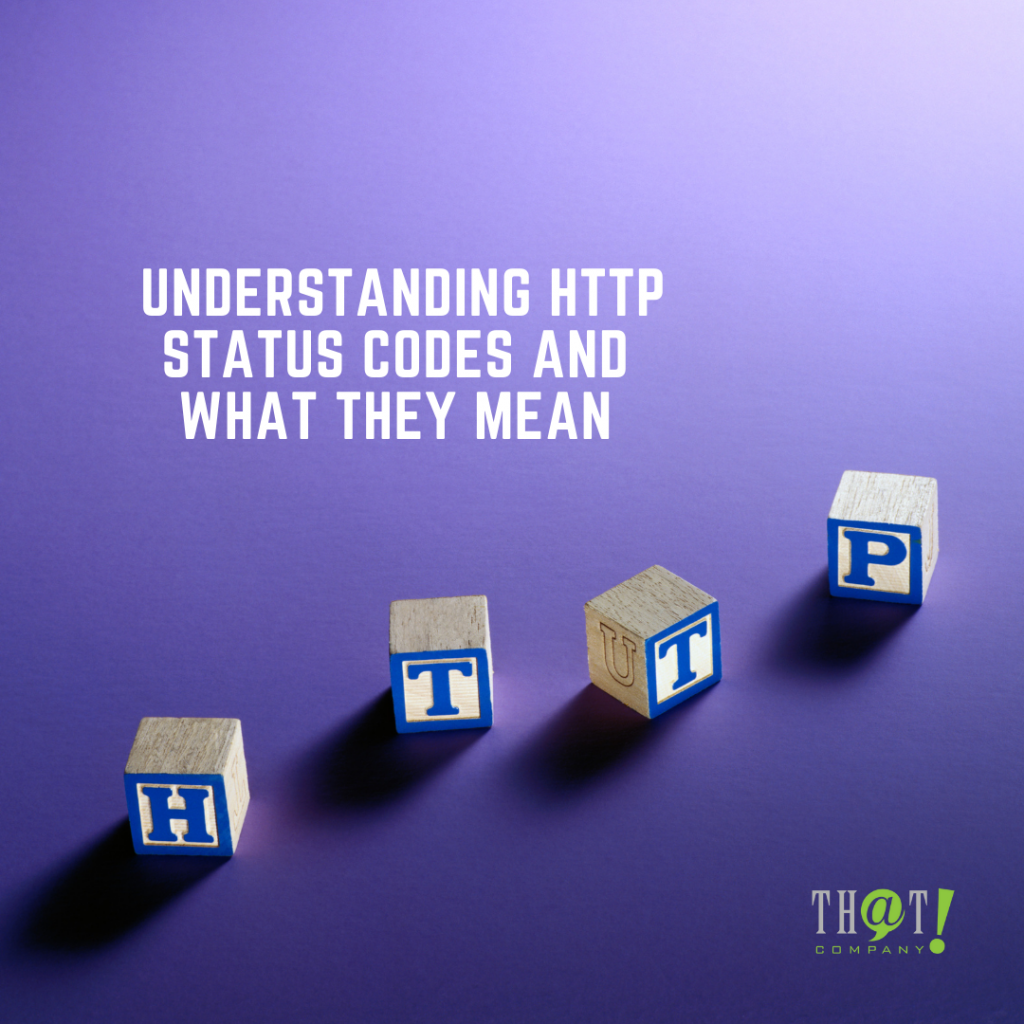

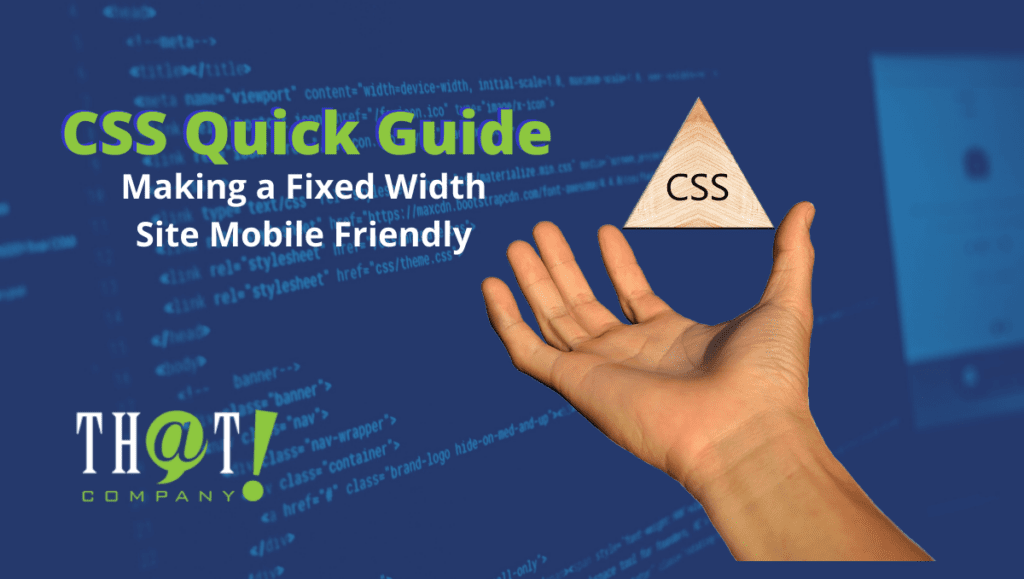
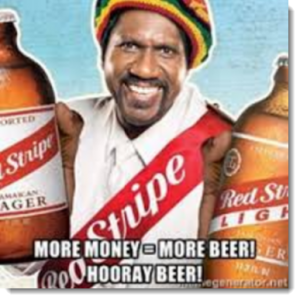




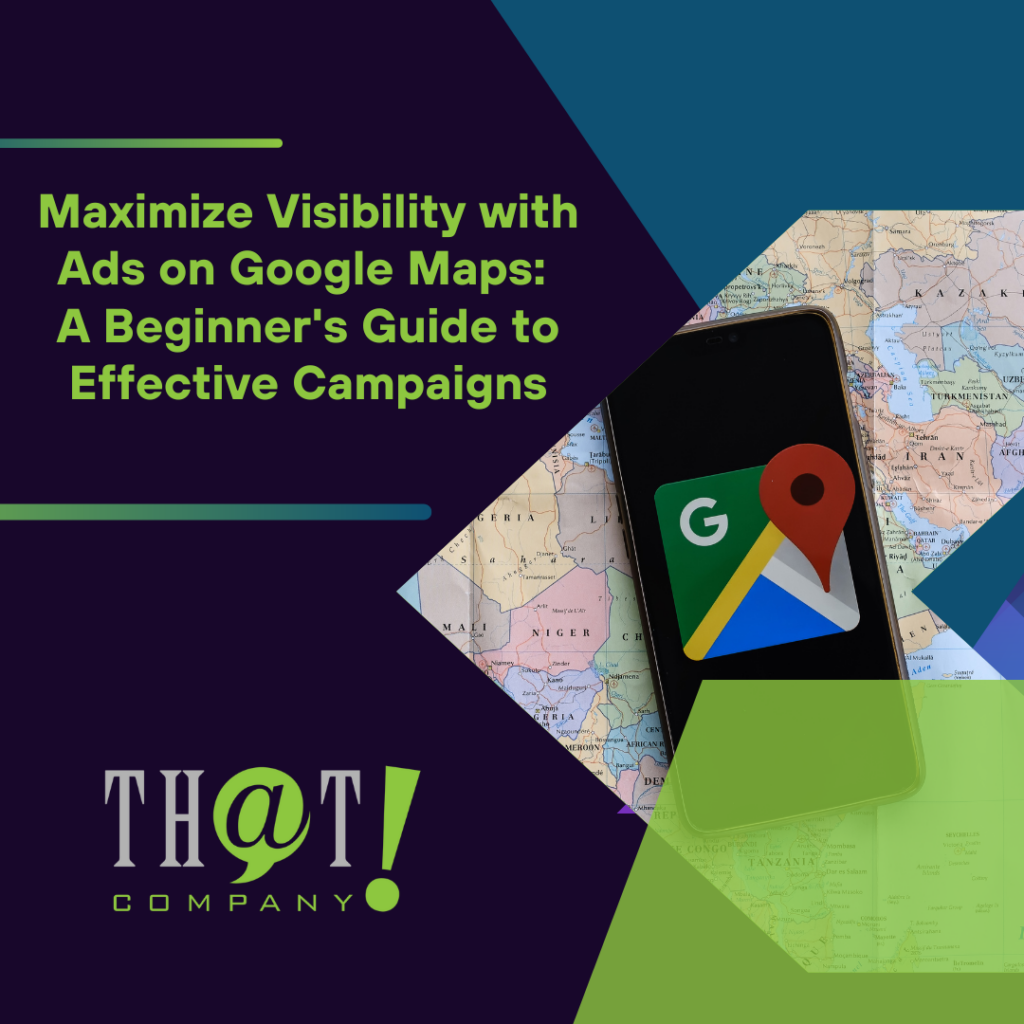
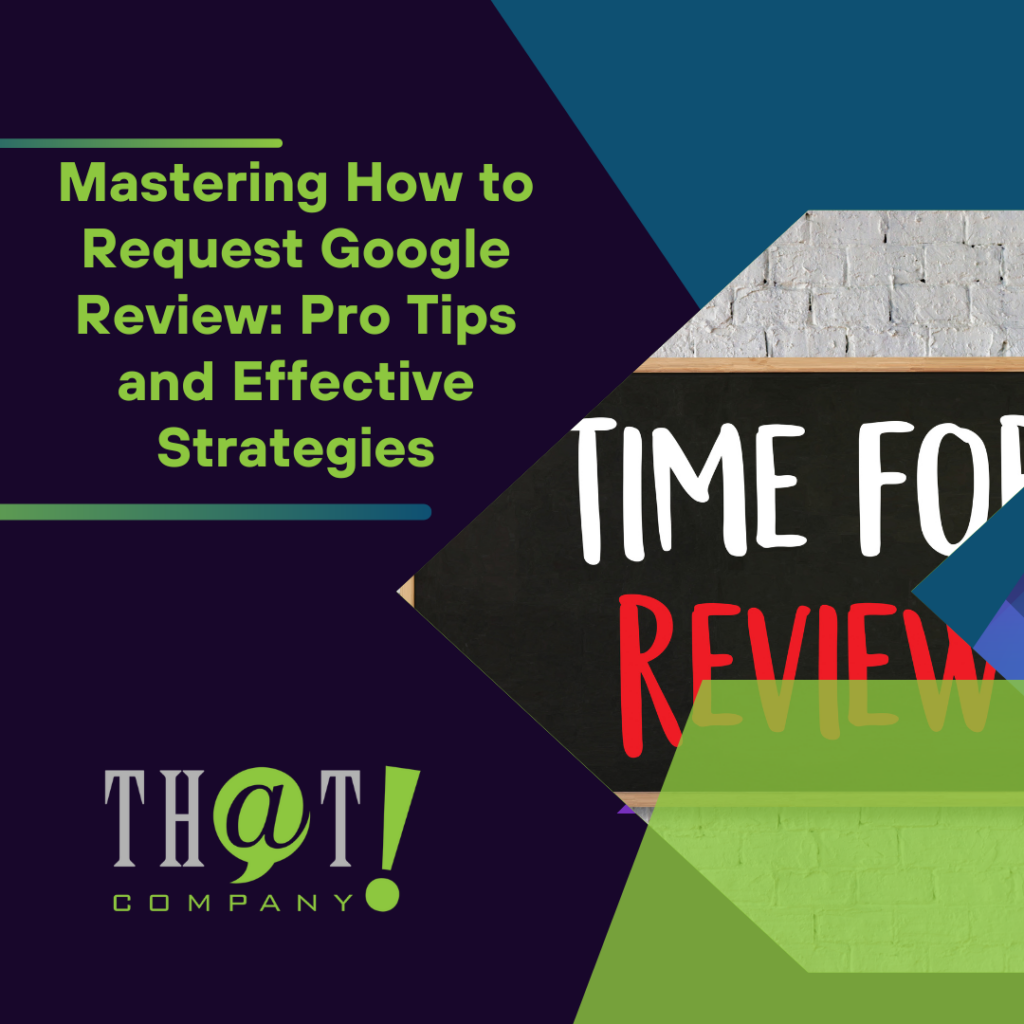

 Talk With Us
Talk With Us  Give Some Love
Give Some Love 
